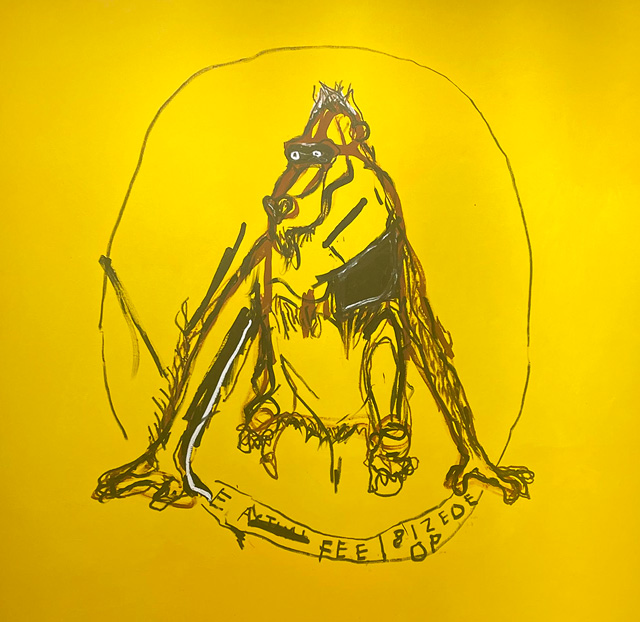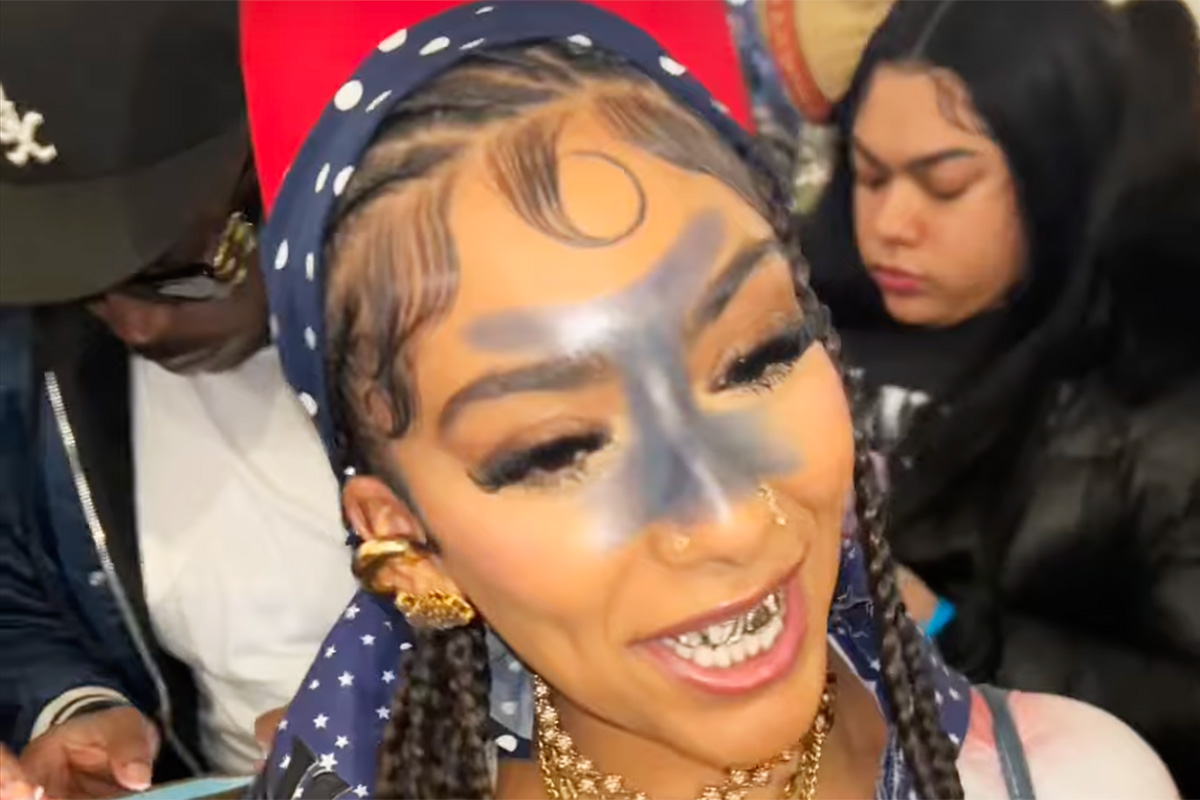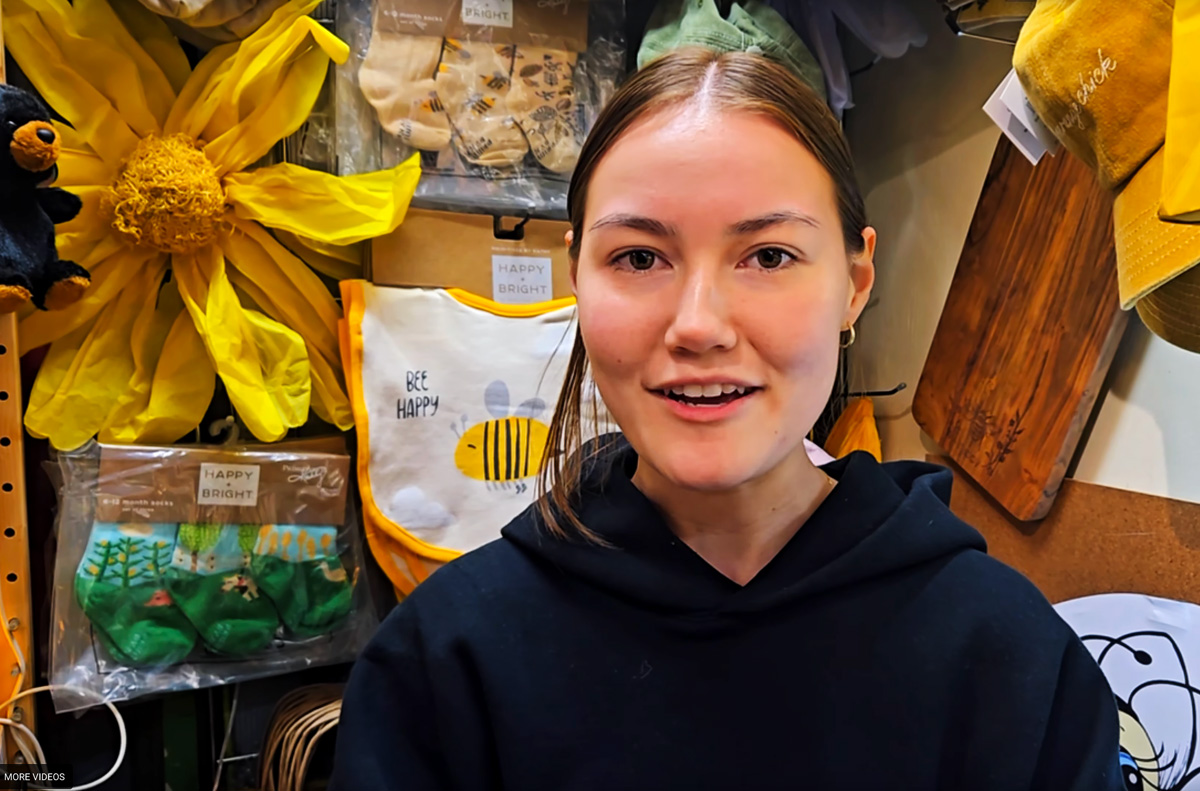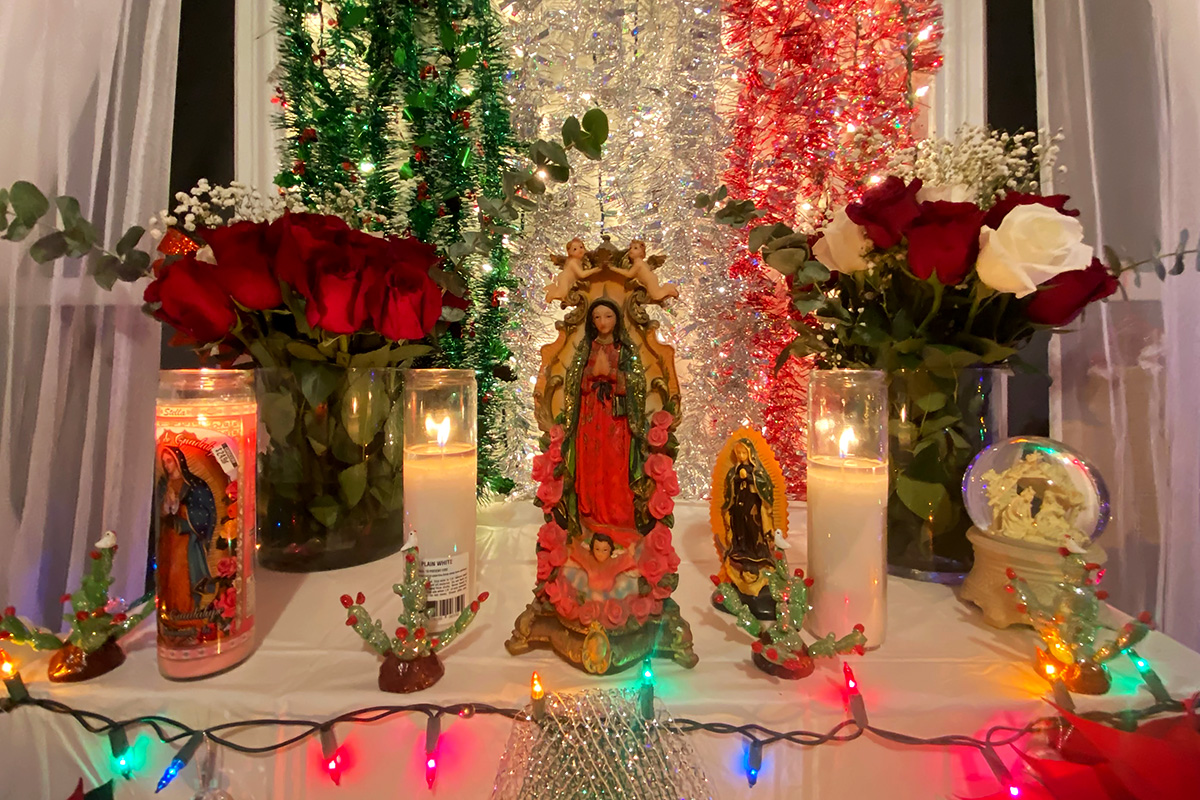By Tiara Brownie
The Jean-Michel Basquiat: King Pleasure exhibit features over 200 never-before-seen and rarely shown paintings, drawings, multimedia presentations, ephemera and artifacts that tell the story of the late artist from an intimate perspective. The show combines Basquiat’s artistic endeavors with his personal life and influences. Basquiat’s family organized and curated the exhibit which is in the Starrett-Lehigh building in Chelsea. “We wanted to bring his work and personality forward, in a way only his family can, for people to immerse themselves in,” says his sister Lisane Basquiat. “We want this to be an experiential and multi-dimensional celebration of Jean-Michel’s life.”
Basquiat was an American artist of Puerto Rican and Haitian descent known for his Neo-expressionist paintings. He had a prodigious gift for drawing at an impressionable age and his mother signed him up to become a Junior Member of the Brooklyn Museum when he was only six years old. He is famous for his rough work, some which featured scrawled text and graffiti. The Chelsea exhibit was designed by architect Sir David Adjaye OBE, whose work includes the Smithsonian National Museum of African American History in Washington, D.C., and the Studio Museum in Harlem. The exhibit’s name comes from the 1987 Jean-Michel Basquiat painting and from the jazz singer “King Pleasure,” who became famous with 1952’s hit “Moody’s Mood For Love.”
In his artwork Basquiat criticized white history and portrayed black individuals in heroic roles. His frequent use of crowns is his tribute to the greatness of his artistic forebears, whether they are fellow artists, writers, pioneering athletes, or musicians say the exhibit curators. Henry Geldzahler, a famous curator and leader in the art world, asked Basquiat, “What do you paint?” He responded, “Royalty, heroism, and the streets.”
The exhibition is divided into seven themes in Basquiat’s life. The first is “An Introduction” (1960). It features a number of self-portraits to familiarize visitors with Jean-Michel, his family, and his ancestry.
The second section, “ Kings County,” provides an overview of Basquiat’s childhood in Brooklyn and Puerto Rico. It includes a replica of Basquiat’s house, sketchbooks, personal notes and effects, home movies, Jean-newsletters, family interviews, early paintings, and sculptures. The third section is “World Famous.” It illustrates Basquiat’s spectacular rise to fame early in his career with paintings and other memorabilia.
The fourth section, “Ideal-57 Great Jones Street Studio,” is a recreation of Basquiat’s studio in Manhattan’s NoHo neighborhood. Inside are his paintings, drawings, sketches, personal things, furniture, bicycle, videotapes, and books. The fifth section, “Art Gallery,” includes several galleries that are set up by theme and feature about 100 paintings and drawings. Basquiat’s estate owns all of the artwork, most of which has never been exhibited according to the curators.
The sixth section “Palladium” focuses on the iconic New York City nightclub and features the disco’s VIP area, the Michael Todd Room. In 1985, Jean-Michel produced two paintings, Nu-Nile and Untitled, for the club.
Lastly, the seventh section, “Place Jean-Michel Basquiat,” includes oral histories from his close friends, as well as posthumous awards and shows. Basquiat died when he was only 27, leaving behind thousands of paintings and drawings. Current global social and political movements make his work even more relevant today.

Dry Cell, 1988, is said to be Basquiat’s last painting. The exhibit runs through January 1, 2023, Starrett Lehigh building, 601 West 26th Street, Manhattan.




























No comments